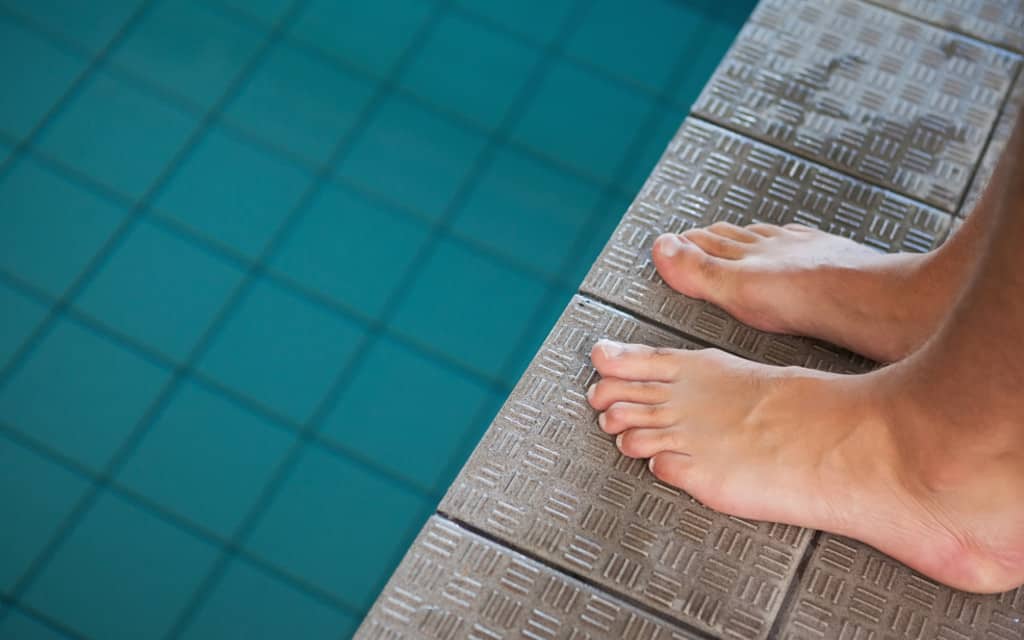Paola Ash
What is a verruca?
Warts are common especially in childhood. There are many types of warts which include common warts (verruca vulgaris), mosaic warts, plantar warts, filiform warts and flat warts.
A verruca is caused by a virus. This virus is called Human Papilloma Virus.
Keratin is a protein and the key structure that makes up hair, nails and skin. This HPV virus affects skin cells, usually by an abrasion to the superficial skin surface which offers a portal of entry for the virus. There are many human papilloma viruses, however, the main ones to affect the feet are known as HPV 1, 2 and 4.
It used to be considered that a person who had a verruca was immune compromised. However, we now recognise that the virus is very clever and simply put goes into hiding.
How does it do this?
Normally viruses attack cells and damage them. This alerts the host cell which produces cytotoxic, (*toxic to the cell), t-cells, (the t-cells are one type of immune cell we have), which look to destroy infected cells. However, the HPV is spread through shedding infected cells via the surface of the skin (Longhurst and Bristow, 2013).
This means there is no release of the viral proteins so that antigens from the immune system are not signalled to act. Also the virus encourages anti-inflammatory mechanisms which reduce our defence mechanism even more.
At present there are many wart/verrucal treatments on the markets. According the National Institute of Clinical Excellence, the guidelines outline a preferred course of action such that if a common wart is not painful the advice is to in fact leave the them alone. However for many people they still wish for cosmetic purpose want to consider alternative treatment options.
Verruca Treatments
However, if there is pain and/or any other factors to consider the recommendation is either the application of salicylic acid or freezing the verrucae with approximately 2 week intervals or a combination of both treatments. For children however freezing verrucae is not advised.
At the Chelsea clinic, we offer a number of alternatives to treat warts and verrucas and offer verrucae needling under local anaesthetic based on Faulknor’s method which was first described 50 years ago. The proposed mechanism of action is that by pushing the virus into the blood stream we activate our own immune cells. Thus that recognition can take place insofar as there is an actual virus in fact attacking the host (the host being ourselves).
This in turn activates the antigens an integral part of the immune mechanism and then can mount it’s attack against the HPV. This verruca treatment has a circa 70% success rate with up to 3 treatments necessary with 6 month intervals. However in practice, we have only ever had to treat a maximum of two sessions in total.
Low Level Laser IV is another alternative as well as monochloroacetic acid.
For further information please call us + 44 (0) 207 101 4000 for an informal discussion where we can go into more detail for you.
Learn more about Verruca here https://www.thechelseaclinic.uk/verruca/
Learn more about Faulknor’s Method of Verruca Needling here https://www.thechelseaclinic.uk/faulknors-method-of-verruca-needling/
Read our blog about Heel Pain here https://www.thechelseaclinic.uk/what-is-heel-pain/

Contact Us
Now offering home visits and online consultations
Tel: +44 (0) 207 101 4000 WhatsApp: +44 (0) 778 066 5223 Email: info@thechelseaclinic.uk
We now offer home visits and online consultations!
From the Blog

Pitted Keratolysis: A foot skin bacteria
Pitted Keratolysis: A foot skin bacteria Today we are going to discuss a bacterial foot skin condition called ‘Pitted keratolysis’ – which primarily affects

Autumn leaves and falls
Autumn leaves and falls Quick bulletin update – slips, slides and falls 🍂🍌. Now that the Autumn months are here and the leaves are

Hallux valgus interphalangeus (HVI)
Hallux valgus interphalangeus (HVI) Hallux valgus interphalangeus (HVI) is a specific condition related to the big toe (hallux), where there is a deviation of
